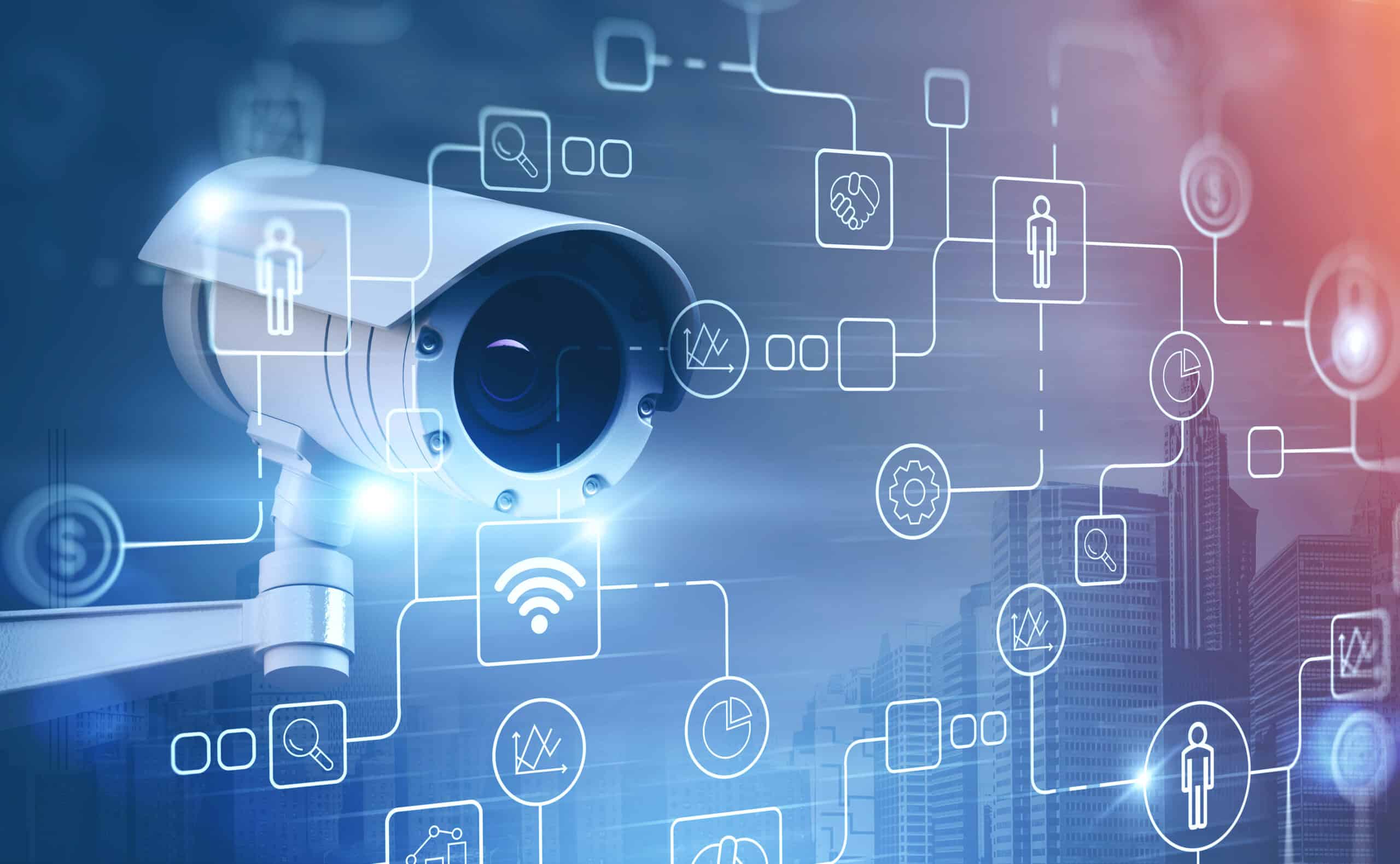
Based on general trends in the security industry, some themes and technologies were gaining prominence, and they may continue to evolve. Here are some potential physical security trends to keep an eye on in 2024:
- Integration of Physical and Cybersecurity:
- The convergence of physical and cybersecurity continues to be a trend. Integrated security solutions that combine physical access control with cybersecurity measures are likely to become more prevalent. This integration helps organizations create a more comprehensive security posture.
- Advanced Video Analytics:
- Video surveillance systems are incorporating more advanced analytics, including artificial intelligence (AI) and machine learning (ML). These technologies enhance the capabilities of video monitoring by enabling real-time threat detection, behavioral analysis, and automated response mechanisms.
- Biometric Access Control:
- Biometric authentication methods, such as facial recognition, fingerprint scanning, and iris recognition, are becoming more widely used for access control. These technologies offer enhanced security by providing unique and difficult-to-replicate identifiers.
- 3D Sensing Technologies:
- 3D sensing technologies, such as LiDAR (Light Detection and Ranging), are being explored for their applications in physical security. These technologies can provide more accurate and detailed information for surveillance and access control, especially in challenging lighting conditions.
- Smart Building Security:
- The concept of smart buildings involves integrating security systems with other building management systems. This includes systems for lighting, HVAC, and occupancy monitoring. Smart building security enhances overall efficiency and responsiveness to security incidents.
- IoT Security Devices:
- The Internet of Things (IoT) is expanding in the realm of physical security with the use of connected devices. These devices, such as sensors, actuators, and smart locks, are integrated into security systems to provide real-time data and facilitate automated responses.
- Drones for Surveillance:
- Drones are increasingly being used for surveillance purposes in large areas or hard-to-reach locations. Advanced drone technologies can provide aerial views, monitor perimeters, and assist security teams in assessing situations more efficiently.
- Cloud-Based Security Solutions:
- Cloud-based security solutions are gaining popularity due to their scalability, flexibility, and accessibility. Cloud platforms offer the advantage of remote monitoring, easy updates, and centralized management of security systems.
- Robotics and Autonomous Systems:
- Autonomous security robots are being developed and deployed for patrolling, monitoring, and data collection. These robotic systems can operate autonomously or with remote control, adding an extra layer of security in certain environments.
- Zero Trust Security Models:
- The adoption of Zero Trust security models is increasing, emphasizing continuous verification of identities and devices. This approach challenges the traditional notion of trust based on network location and requires ongoing authentication and authorization.
- Supply Chain Security:
- Physical security measures are being extended to address supply chain vulnerabilities. This involves securing the entire supply chain, from manufacturing facilities to transportation and distribution centers.
- Quantum-Safe Cryptography:
- With the potential advent of quantum computers, there is a growing interest in quantum-safe cryptography to protect sensitive information. This includes securing communication channels and access control systems against future quantum threats.
It’s important to note that these trends are speculative, and the landscape of physical security may continue to evolve. For the most accurate and up-to-date information, it’s recommended to consult industry reports, attend security conferences, and engage with security experts in 2024.
